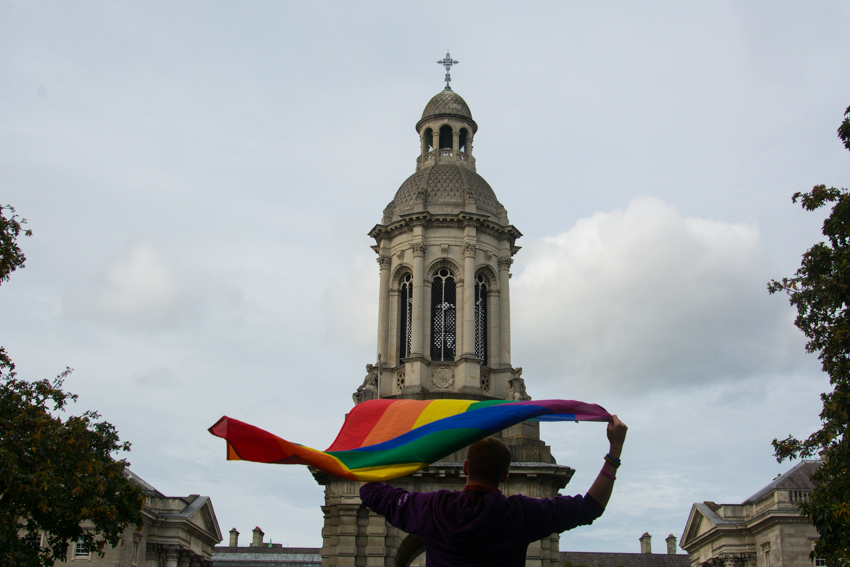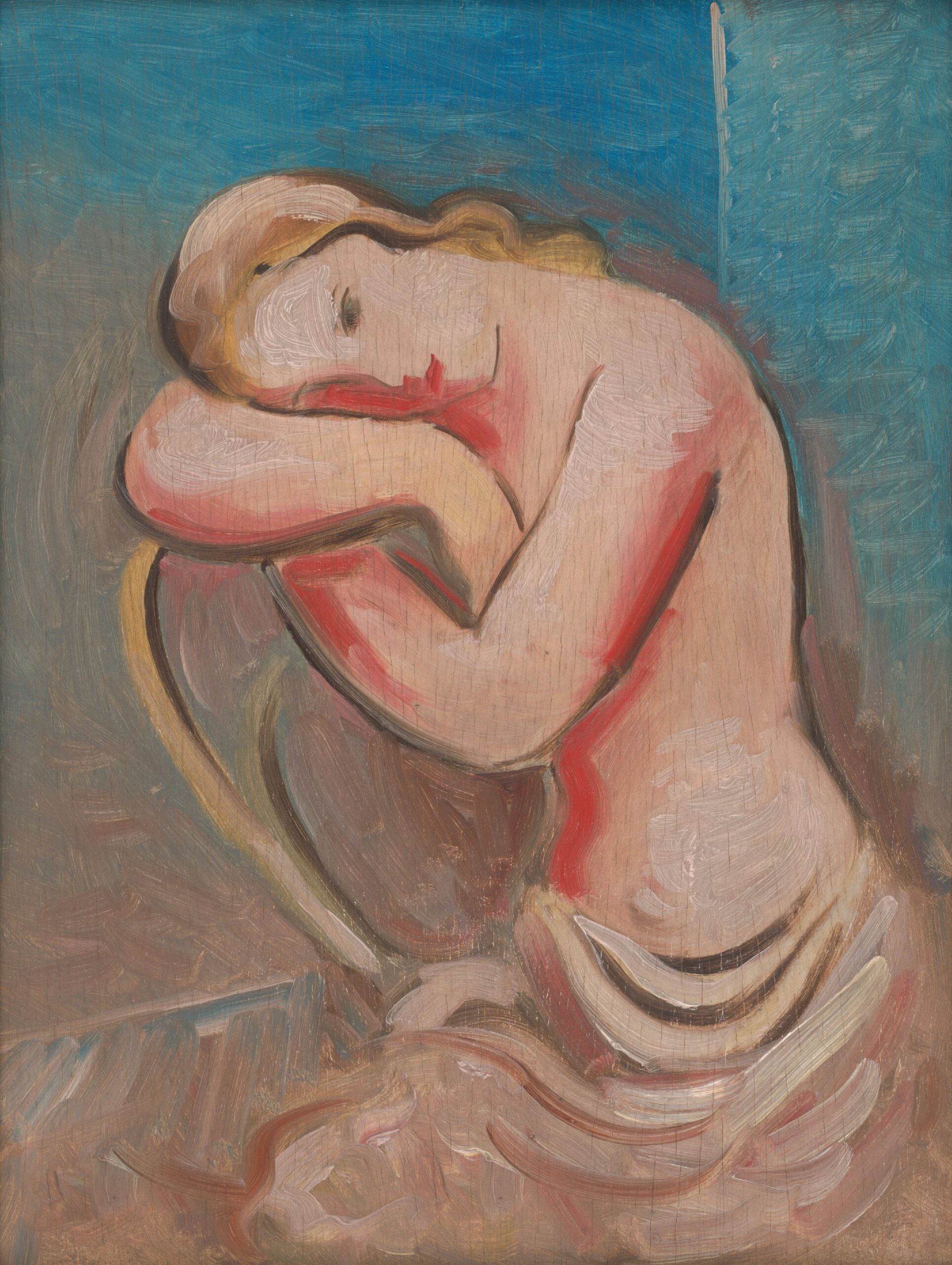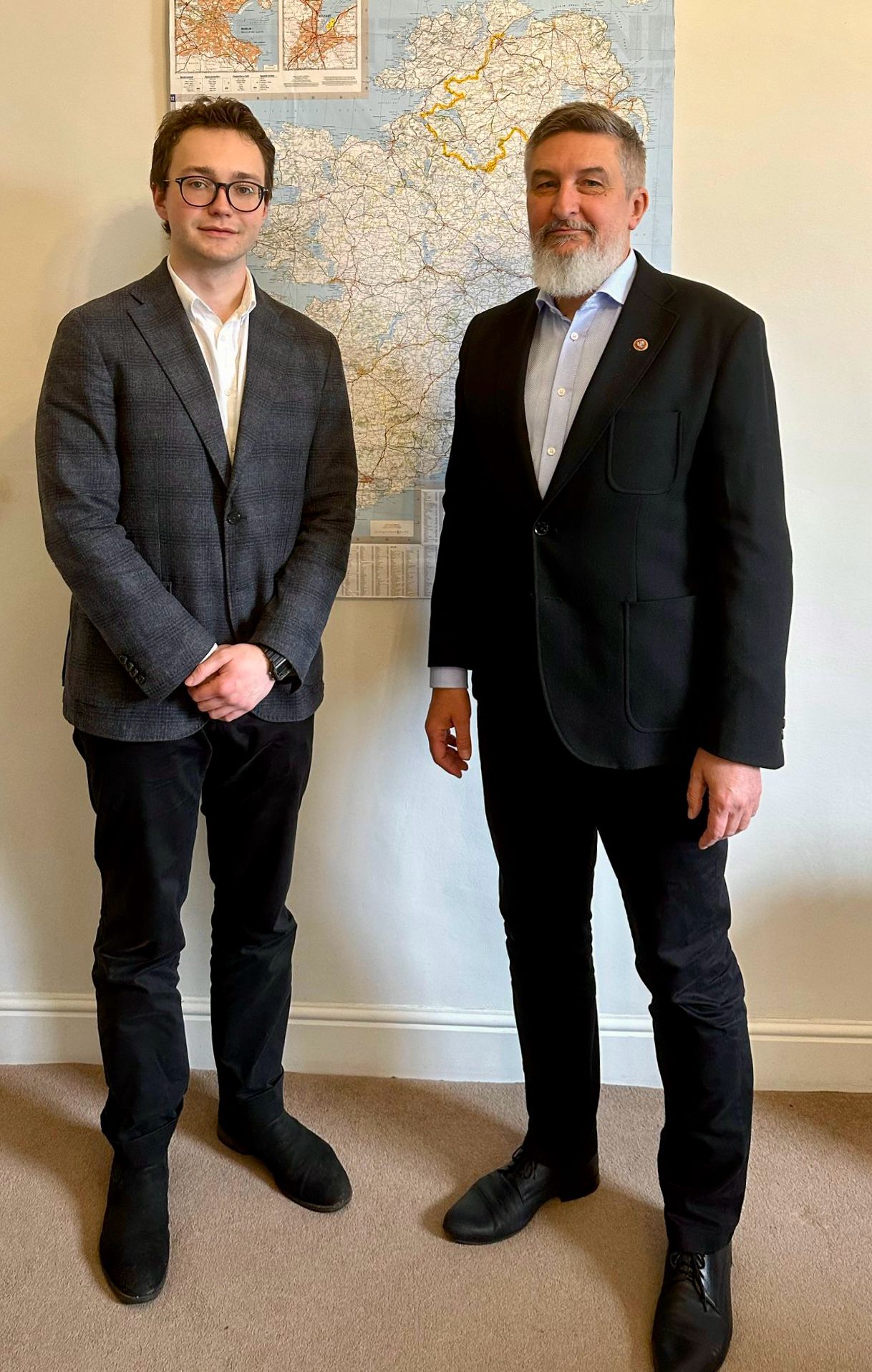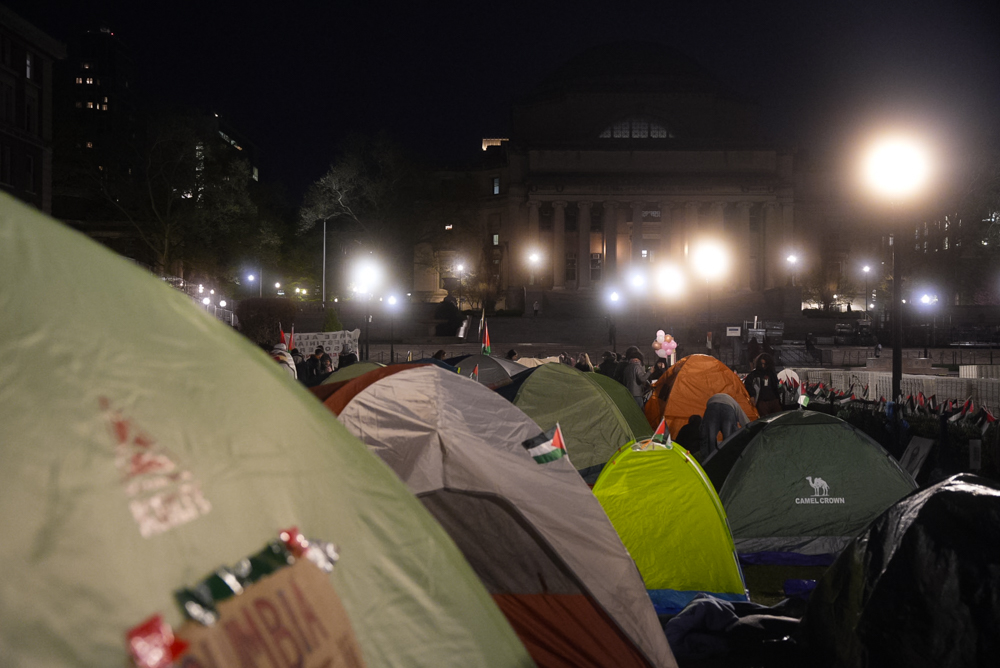Over the last few decades, Irish society has been slowly coming to the realisation that not everyone falls into one category of gender or identifies with one sexual orientation. Last year, Trinity students cheered alongside the rest of the country when the “yes” votes tallied up in the marriage referendum. They also rejoiced with the passing of the Gender Recognition Bill which allows the trans community to be legally recognised in Ireland under their preferred gender.
The LGBT community is now an established and visible collective of people and the acronym is recognised nationwide. However, while the LGBT community is gradually receiving greater recognition and acceptance, there are other minority groups who can often be sidelined by the LGBT community. Intersex people, those whose sexual anatomy do not fit the typical definitions of being male or female, are one such group. While some believe that intersex people should be included in the LGBT acronym, the argument should be made that they should be seen as separate and legitimate entity in their own right rather than being subsumed by the larger, more visible and more accepted groups which make up the LGBT community.
As a community which prides itself on its inclusivity and that asks that the rest of society recognise and include them, many of the LGBT community are willing to expand the acronym to include an “I” for intersex. They believe that the goals of intersex people are the same as those of the LGBT community: visibility and equality for all. However, the issues facing the intersex community are often entirely different to those facing the LGBT community. While the LGB community were fighting for the right to marry, intersex people were fighting for more basic rights. They were battling against human rights violations and trying to abolish the practice of intersex genital mutilation. Through email correspondence with Scottish intersex activist Alex Robin Gardner, I find out that many organisations who opt to use the “I” in the LGBT acronym are doing so “without understanding it or being able to provide support to intersex people”.
Intersex people are widely treated as biological anomalies which must be “fixed” to align with expected standards of male and female bodie
One of the largest indicators that intersex people are being sidelined by the media attention that has been paid to the LGBT community over the past few years is the fact that many people don’t even know what intersex means. Additionally, intersex is often misrepresented. Gardner states that many people “hear intersex and think DSD or hermaphrodite, which aren’t preferred terms and can really upset intersex people”. As someone who has studied a Master’s degree in Gender and Sexuality Studies, even I had not come into contact with the term during the course of my degree. Attending multiple biology classes as part of my job as an educational support worker also highlighted the fact that students are not being taught about intersex bodies in classrooms. According to society, there are male bodies and there are female bodies, and any bodies which don’t fit the prototype are either “corrected” or ignored.
Intersex people possess a combination of sex characteristics in the same body and may have an intermingling of male and female sex organs. There are multiple types of intersexuality and no two intersex people are the same. Intersex people are widely treated as biological anomalies which must be “fixed” to align with expected standards of male and female bodies. As such, intersex individuals are often subjected at a young age to unnecessary, irreversible and harmful surgeries without their consent. These procedures have little purpose beyond cosmetic motives and the need to place these bodies into one of two assigned genders. Alex talks about these procedures, saying that “no one should ever feel like they have the right to dramatically change someone’s body without asking them first”.
The Central Remedial Clinic (CRC) Ireland Report from 2015 proclaimed that these procedures are detrimental both to the physical and mental health of intersex people. The surgeries result in a host of “lifelong severe physical and psychological pain and suffering, including loss or impairment of sexual sensation, painful scarring, painful intercourse”, to name but a few. Intersex people often find themselves struggling to fit into a society in which their gender has been assigned to them while they were too young to have any say in the matter and as a result they are more likely to suffer from depression and other mental illnesses.
The violation of human rights that intersex people face is one of the reasons why their problems as entirely separate to those of the LGBT community. While the LGBT community is fighting for visibility and for their rights to be expanded, the intersex community is fighting a more fundamental violation and for the right to autonomy over their own bodies. Gardner explains that many doctors and medical professionals still see these medical procedures as normal and necessary and intersex is often swept under the rug with intersex people being told they’re alone and not to share their experiences with others. Additionally, Gardner states that many intersex people “are still struggling to come out due to the fear of stigma”.
The intersex community stress that intersex is first and foremost about biology, not about sexuality or gender
Another reason why the intersex community needs to be separated from the LGBT umbrella acronym is due to the history of the appropriation of intersex injustices by other activist groups for their own gain, injustices that have made the intersex community reluctant to join forces with other minority groups and with the LGBT community. The CRC report argues that LGBT proponents, scholarly authorities and internet groups are “instrumentalising intersex as a means to an end for their own agenda, and/or presenting themselves as intersex and speaking publicly for intersex people”.
The intersex community stress that intersex is first and foremost about biology, not about sexuality or gender. While intersex people may of course identify as L, G, B or T, this is an additional part of who they are. As humans, we have a long list of attributes which may accurately describe us. An individual may be intersex and gay, just as they may be intersex and white, black, Catholic, Atheist, middle-class and any other number of attributes. This does not mean that they have to renounce or sideline one of these attributes for the sake of another. While Gardner feels an affinity with both communities, she also argues that “intersex community goals and LGBT community goals are quite different”. While both may fight for rights and recognition, their experiences which lead them there are very different.
Taking these arguments into consideration, it seems it may be too early for the intersex community to be submerged under the umbrella of the LGBT acronym. Their unique struggles for basic human rights and adequate healthcare would be subsumed by the struggles which the LGBT community are currently facing. The term intersex is still in its infancy. Many people still do not even understand what it means. In light of Intersex Awareness Day, which took place on Wednesday, October 26th, I ask Gardner what message she hopes people took away from the day. Her answer is simple: “Intersex is normal, being intersex is okay and intersex people deserve a right to their bodies, regardless of age.”







